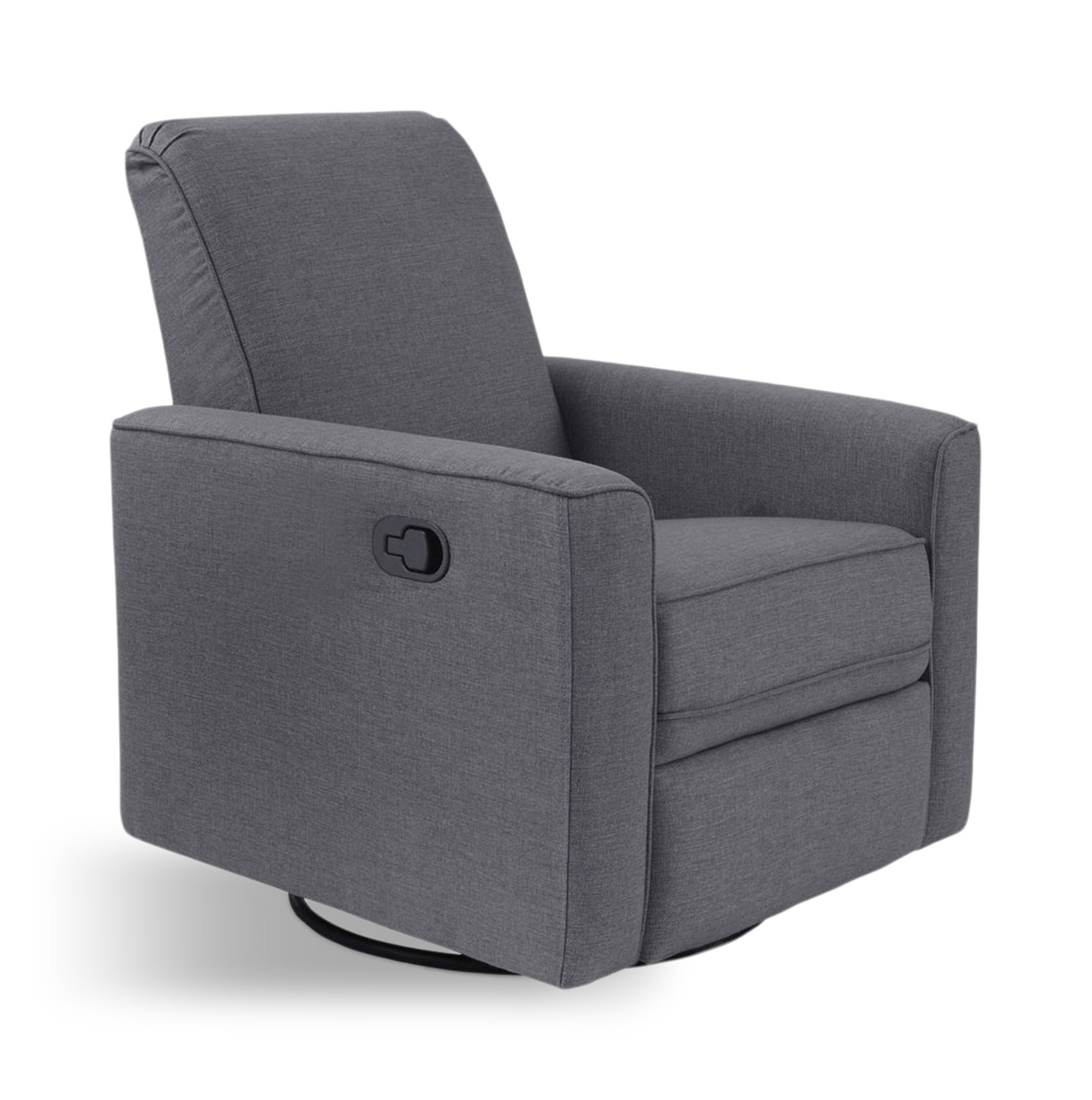
DIY Garage Door Opener Care: Cleaning and Maintenance Guide
Garage door openers are essential for convenient access to your home. However, like any mechanical device, they require regular cleaning and maintenance to ensure optimal functionality and longevity. In this comprehensive guide, we’ll explore step-by-step instructions for cleaning and maintaining your garage door opener through simple do-it-yourself (DIY) techniques.
Understanding the Importance of Maintenance
Before diving into the cleaning process, it’s crucial to understand why maintaining your garage door opener is essential. Regular maintenance not only prolongs the lifespan of the opener but also enhances its performance, reduces the risk of malfunctions, and ensures the safety of your garage door system. A well-maintained opener operates smoothly and quietly, providing you with reliable access to your garage.
Safety First: Disconnect the Power
Before starting any maintenance or cleaning tasks on your garage door opener, prioritize safety. Disconnect the power supply to the opener to prevent accidental activation. This step ensures that you can work on the opener without the risk of it moving unexpectedly, reducing the possibility of injuries during the maintenance process.
Dust and Debris Removal from Opener Components
The first step in cleaning your garage door opener involves removing dust and debris from its various components. Use a soft brush or a can of compressed air to gently clean the motor, chains, and other moving parts. Pay attention to the tracks and rollers as well, ensuring they are free from dirt that can hinder smooth operation.
Lubrication of Moving Parts
Lubricating the moving parts of your garage door opener is a crucial aspect of maintenance. Apply a suitable garage door lubricant to the opener’s chains, tracks, and rollers. This helps reduce friction, noise, and wear and tear on the components. Be sure to follow the manufacturer’s recommendations for the type of lubricant to use and the specific areas that require lubrication.
Tightening Loose Hardware
Over time, the constant movement of the garage door opener can lead to the loosening of hardware. Check for any loose bolts, nuts, or screws and tighten them as needed. Pay attention to the mounting brackets, roller brackets, and other connections. Ensuring that all components are securely fastened contributes to the stability and smooth operation of the opener.
Checking and Adjusting the Door Balance
A properly balanced garage door is essential for the optimal functioning of the opener. To check the balance, disconnect the opener and manually lift the door halfway. If the door stays in place, it is well-balanced. If it moves up or down, adjustments may be necessary. Consult your garage door opener manual for instructions on adjusting the balance, or seek professional assistance if needed.
Inspecting Safety Sensors
Modern garage door openers are equipped with safety sensors that prevent the door from closing if an obstruction is detected. Regularly inspect the sensors to ensure they are clean and aligned properly. Wipe the sensor lenses with a soft cloth and check for any obstructions in their path. Properly functioning safety sensors are crucial for preventing accidents and injuries.
Testing Auto-Reverse Feature
The auto-reverse feature is another important safety component of garage door openers. Test this feature by placing a small object, like a block of wood, in the path of the closing door. If the door reverses upon contact with the object, the auto-reverse feature is working correctly. If not, consult your opener manual for guidance on adjusting the sensitivity or seek professional assistance.
Reviewing Remote Control Batteries
The remote control is a convenient accessory for operating your garage door opener. Periodically check and replace the batteries in the remote to ensure reliable functionality. Weak or dead batteries can lead to issues with the remote control, causing inconvenience and potential security risks. Replace the batteries following the manufacturer’s recommendations.
Consulting Professional Assistance
While many aspects of garage door opener maintenance can be performed as DIY tasks, there are instances where professional assistance is advisable. If you encounter complex issues, unusual noises, or if your opener is reaching the end of its lifespan, consulting a professional garage door technician can ensure comprehensive inspections, repairs, or replacement when necessary.
Explore More DIY Garage Door Tips
For additional insights into cleaning and maintaining your garage door opener, visit Clean and Maintain a Garage Door Opener DIY. This resource provides detailed guidance, safety tips, and additional information to empower you in efficiently caring for your garage door opener. By incorporating these DIY practices into your routine, you can enjoy a reliable and smoothly operating garage door system for years to come.










